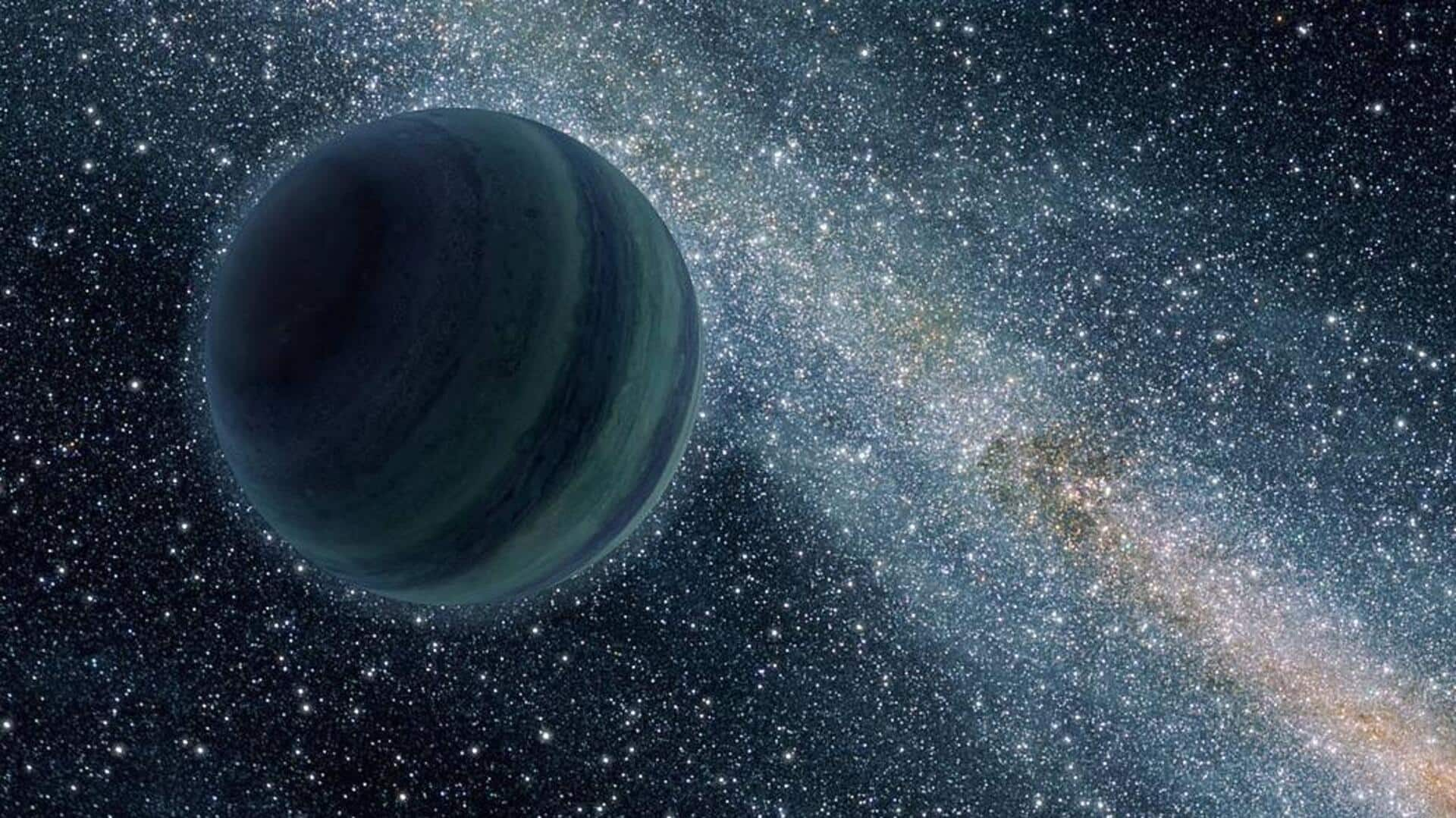
James Webb telescope discovers rogue planet with mini solar system
What's the story
NASA's James Webb Space Telescope (JWST) has made a groundbreaking discovery of six rogue planets, wandering freely in space. These celestial bodies are not bound by any star and operate independently of universal laws. Among the discovered objects is one of the lightest such bodies ever detected, with a dusty disk surrounding it. This feature suggests that this rouge planet could potentially harbor its own moons and mini-planets.
Cosmic insights
Rogue planets: A new perspective on star formation
The discovery of these rogue planets has led astronomers to speculate that similar cosmic processes could be involved in both star formation and the creation of objects slightly larger than Jupiter. The research team suggests that under certain conditions, a cosmic body resembling a young Jupiter could have evolved into a star. This hypothesis offers new insights into our understanding of both star and planet formation.
Stellar location
Webb telescope locates rogue planets in young nebula
The JWST located the rogue planets in the young nebula NGC 1333, a star-forming cluster situated approximately a thousand light-years away in the Perseus constellation. These gas planets have masses ranging from five to 10 times that of Jupiter. Most were likely formed similarly to stars and brown dwarfs, through collapsing clouds of gas and dust. However, when hydrogen fusion does not occur, a body fails to become a star and slowly fades away.
Infrared exploration
Webb's sensitivity aids in search for faintest star cluster members
Johns Hopkins Provost Ray Jayawardhana explained that they utilized Webb's unprecedented sensitivity at infrared wavelengths to search for the faintest members of a young star cluster. The aim was to answer a fundamental question in astronomy: "How light an object can form like a star?" He further revealed that the smallest free-floating objects that form like stars overlap in mass with giant exoplanets circling nearby stars.
Miniature worlds
Rogue planets could potentially form their own planets
The discovery of a rogue planet with a disk around it suggests the presence of "mini planets" or moons. Study co-author Aleks Scholz, an astrophysicist at Scotland's University of St. Andrews, stated that this implies some of these tiny objects with masses close to "giant planets may themselves be able to form their own planets." This finding adds another layer of complexity to our understanding of these free-floating celestial bodies.